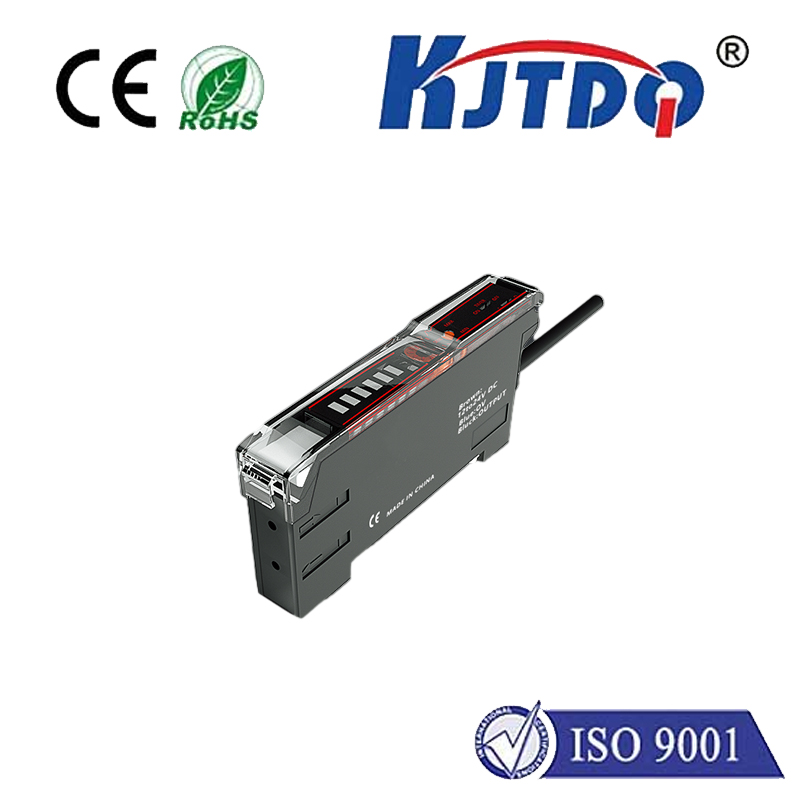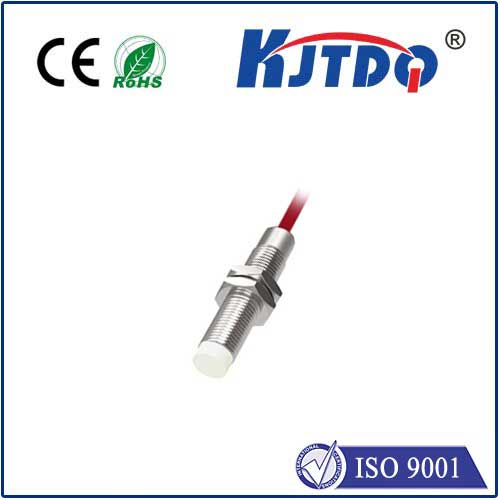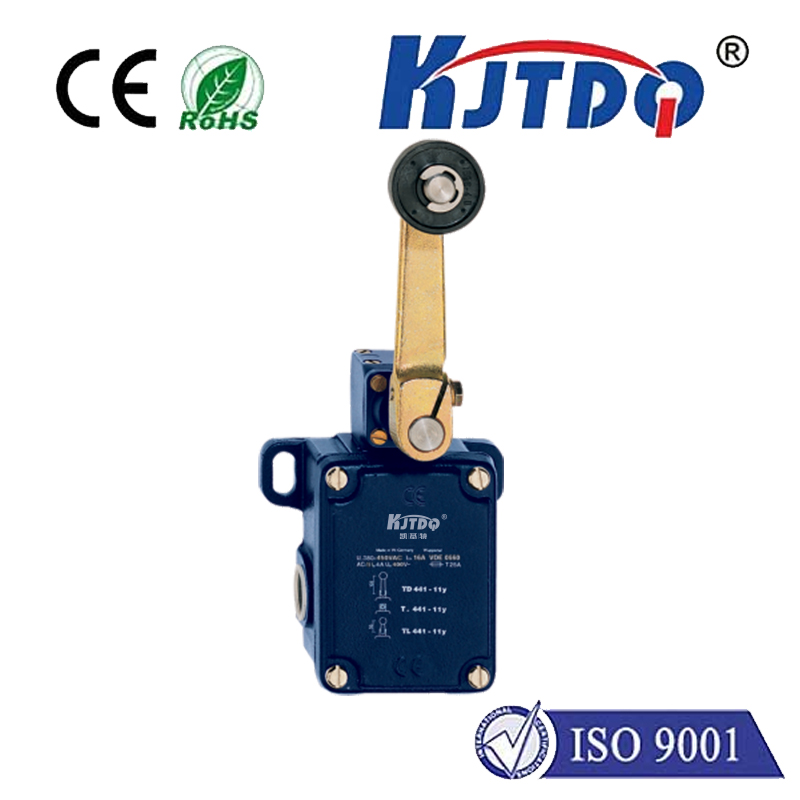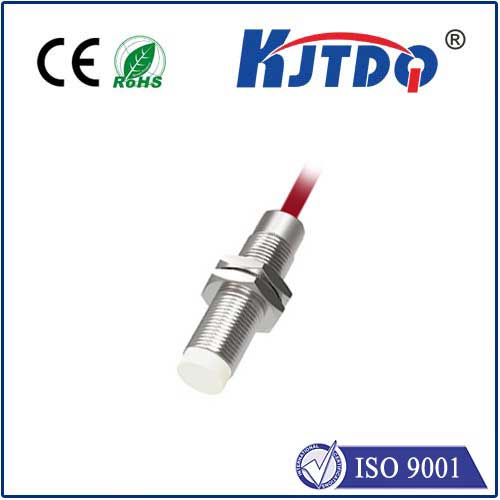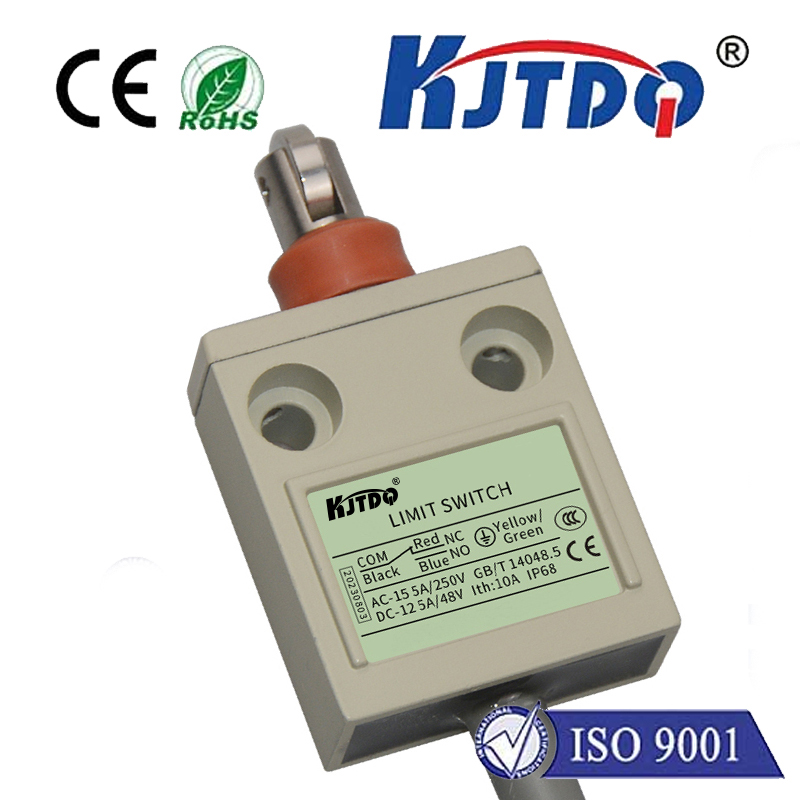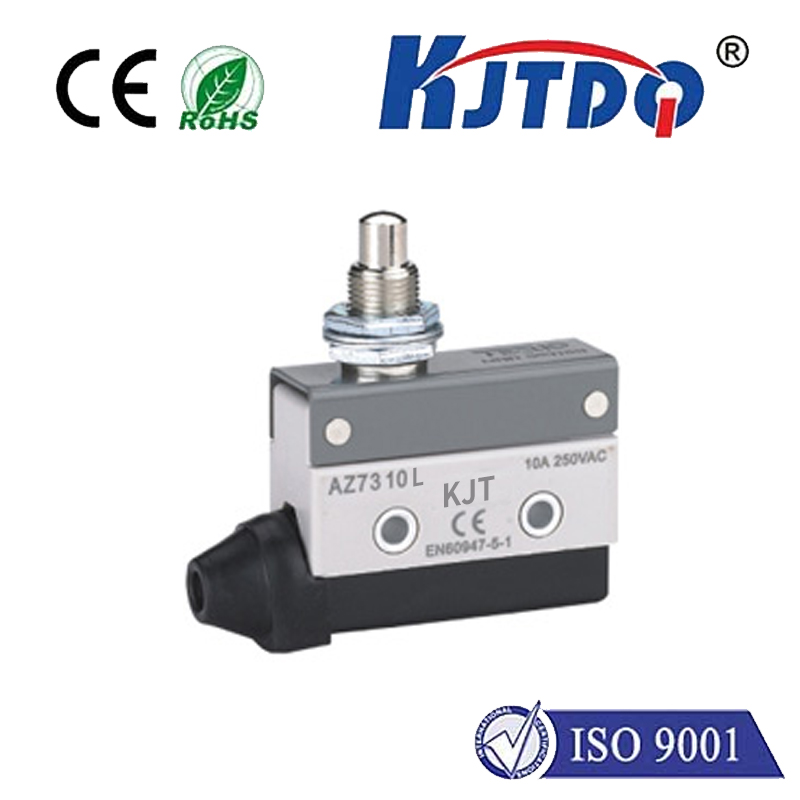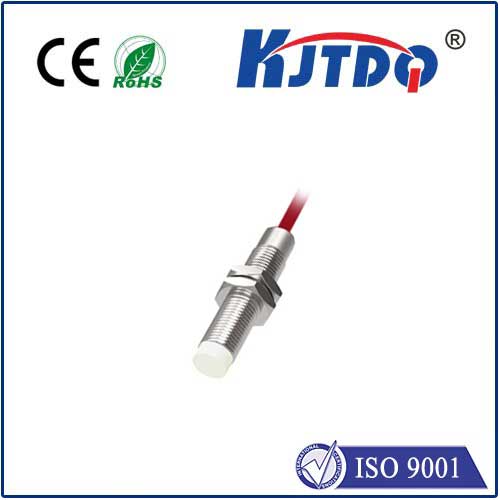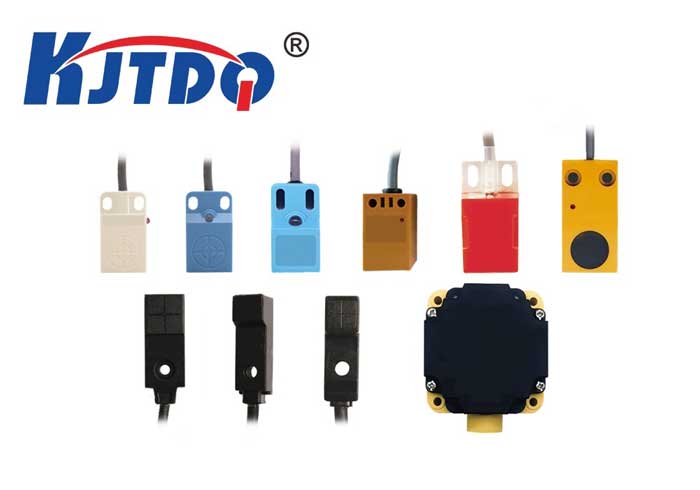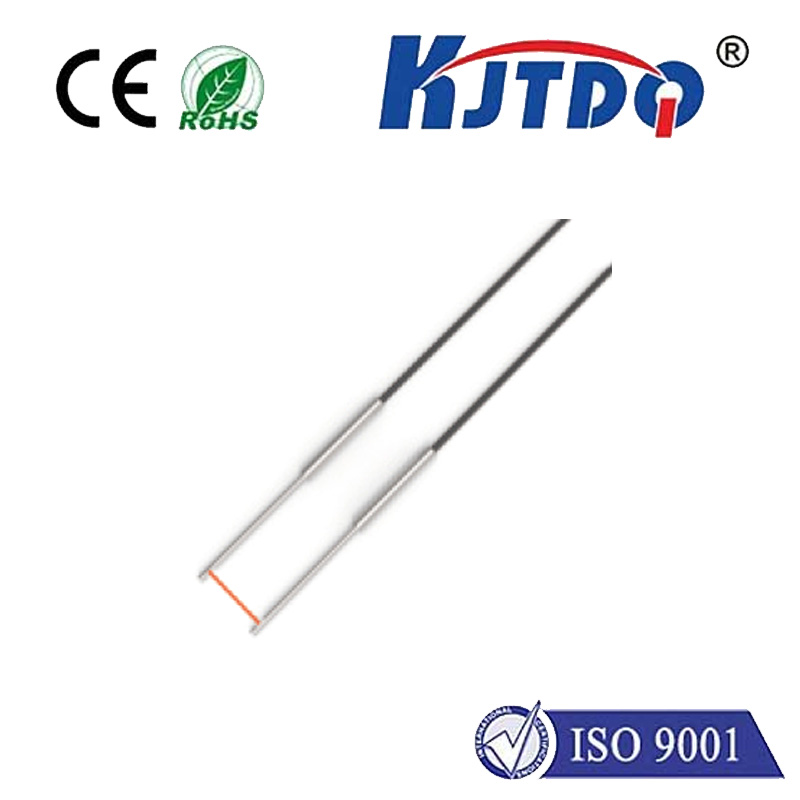proximity controller
- time:2025-07-01 01:57:28
- Click:0
What is a Proximity Controller? The Silent Guardian of Modern Automation
Imagine a bustling factory floor: robotic arms swinging, automated guided vehicles (AGVs) zipping along, intricate machinery humming. Or picture drones navigating complex airspace, surgical robots operating within millimeters of precision, or vehicles autonomously merging on a highway. Amidst this orchestrated chaos, one critical element ensures safety and efficiency – the often unseen proximity controller. This sophisticated device acts as the vigilant sentry, constantly measuring distances and making split-second decisions to prevent collisions and maintain optimal positioning. Understanding the proximity controller is key to appreciating the backbone of safe, reliable automation.
Beyond Simple Detection: The Core Function
At its heart, a proximity controller is far more than just a sensor. It integrates multiple components into a cohesive system designed for active distance management:
- Sensing: It utilizes various technologies like ultrasonic sensors, LiDAR (Light Detection and Ranging), radar, infrared sensors, capacitive sensors, or vision systems to continuously monitor the physical distance (proximity) between objects or to defined boundaries.
- Processing: The raw data from these sensors is fed into the controller’s processing unit. Here, complex algorithms analyze the distance data in real-time. This involves comparing the measured distance against predefined safe operating parameters or thresholds.
- Decision Making & Control: Based on the sensor input and its programmed logic, the controller makes instantaneous decisions. If an object gets too close (breaching the safety threshold), it triggers an appropriate response.
- Output & Action: This response is executed through output signals. It could involve:
- Sending a signal to slow down or stop a motor (e.g., halting an AGV or robot arm).
- Adjusting speed or direction for precise positioning.
- Triggering an audible/visual alarm.
- Communicating warnings or status updates to a central monitoring system.
Why Proximity Controllers are Indispensable: Core Advantages

The implementation of a robust proximity control system delivers significant benefits across countless applications:
- Enhanced Safety: This is paramount. By preventing collisions between machinery, vehicles, humans, and obstacles, proximity controllers minimize accidents, protect valuable equipment, and safeguard personnel, especially in hazardous environments.
- Precision Positioning & Automation: They enable machines to operate reliably within tight tolerances. Robotic assembly lines rely on them for accurate part placement and tool engagement. AGVs use them for collision avoidance and navigating complex paths without human intervention, achieving high levels of automation efficiency.
- Increased Efficiency & Productivity: Preventing costly collisions and downtime directly boosts productivity. Machines can operate closer together safely, optimizing floor space. Automated systems function continuously without unexpected stops caused by physical contact.
- Reduced Wear and Tear: By preventing unintended impacts, proximity controllers significantly decrease mechanical stress and wear on moving parts, extending the lifespan of machinery and reducing maintenance costs.
- Versatility Across Industries: The applications are vast:
- Manufacturing: Robotics, CNC machines, material handling systems (AGVs, conveyors), packaging lines.
- Logistics & Warehousing: Automated storage and retrieval systems (AS/RS), AGV fleets, palletizing robots.
- Automotive: Assembly lines, autonomous guided carts, testing equipment.
- Drones & UAVs: Obstacle avoidance, swarm coordination, safe landing approaches. Proximity control is vital for drone operations near structures or other aircraft.
- Medical Robotics: Ensuring delicate instruments maintain safe distances from critical tissues or surgical boundaries.
- Building Automation: Elevator door safety, smart parking systems.
- Autonomous Vehicles: A fundamental component for perception and navigation, acting as part of the wider collision avoidance system.
The Technology Behind the Vigilance
Modern proximity controllers leverage advanced technologies:
- Sensor Fusion: Combining data from multiple sensor types (e.g., LiDAR for range, cameras for object identification) provides a more robust and accurate picture of the environment, enhancing the controller’s decision-making capabilities.
- High-Speed Processing: Real-time operation demands powerful processors capable of handling complex sensor data streams and executing control algorithms within milliseconds.
- Adaptive Algorithms: Sophisticated controllers can learn from patterns or dynamically adjust safety margins based on speed, environmental conditions, or specific operational modes. This intelligent distance management allows for both safety and optimized performance.
- Communication Protocols: Integration into larger automation systems requires seamless communication using standards like CAN bus, Ethernet/IP, Modbus, or MQTT, enabling centralized monitoring and coordination.
Looking Ahead: The Evolving Role
The future of proximity control is intertwined with broader technological advancements:
- Integration with AI and Machine Learning: Controllers will become smarter, better able to predict potential collision scenarios, classify objects for more nuanced responses, and optimize paths proactively rather than just reactively.
- Enhanced Sensor Capabilities: Continued improvements in LiDAR resolution, radar sensitivity, and 3D camera accuracy will provide richer environmental data, feeding more reliable controllers.
- Miniaturization and Cost Reduction: As components become smaller and cheaper, proximity control features will proliferate into smaller devices and more cost-sensitive applications, further democratizing safety and automation.
- Cybersecurity: As these controllers become more connected and critical to operations, ensuring robust cybersecurity measures is paramount to prevent malicious interference.
The Unseen Enabler
While often operating behind the scenes, the proximity controller is a fundamental pillar of modern automation and robotics. It transforms simple proximity detection into intelligent, actionable control. From preventing catastrophic collisions on a factory floor to enabling the safe flight of drones or the precise movements of a surgical robot, these devices are the silent guardians ensuring efficiency, protecting assets, and ultimately, saving lives. As technology advances, the sophistication and importance of the proximity controller will only continue to grow, shaping a future defined by safer and more intelligent human-machine interaction.






